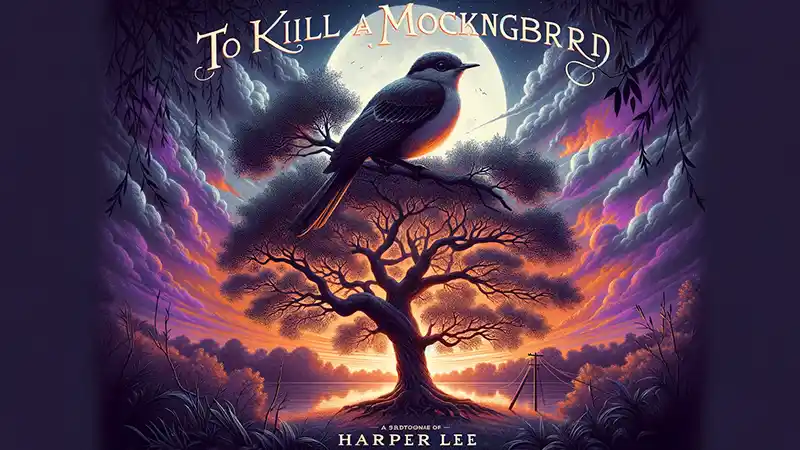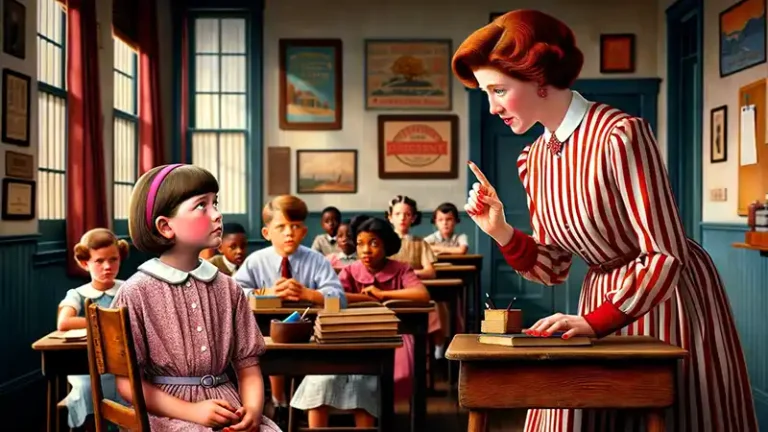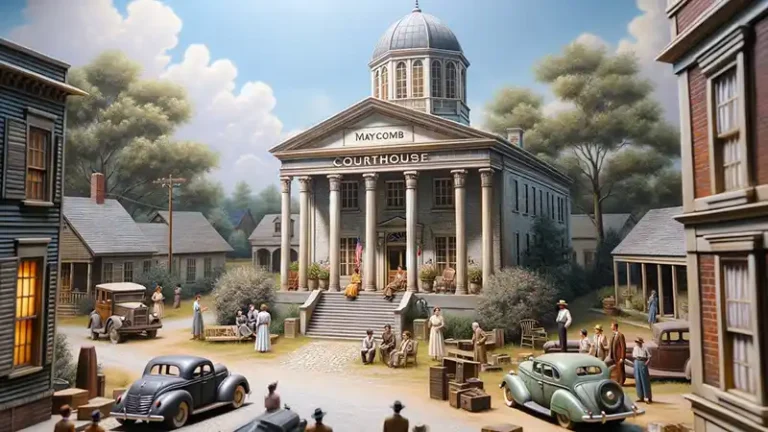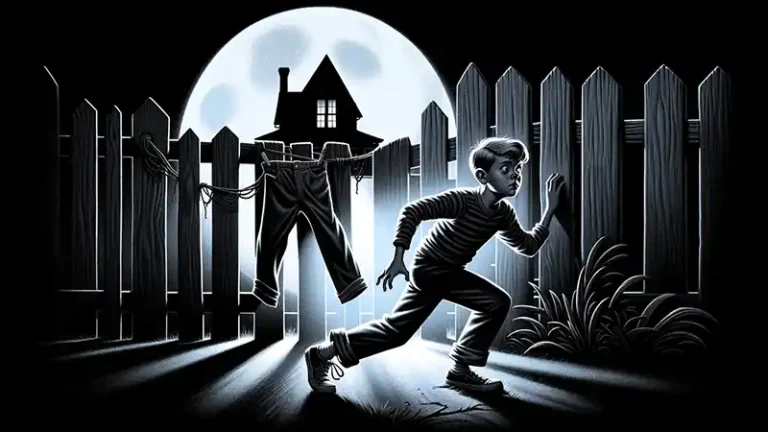An Engaging Introduction Lesson for To Kill a Mockingbird
Welcome to this interactive lesson plan designed to guide your students through Harper Lee’s classic novel, To Kill a Mockingbird. As an educator, you will find this resource invaluable as a differentiated lesson dealing with the novel’s rich historical backdrop and the significant impact of Lee’s life experiences on her writing. This lesson offers a variety of engaging learning stations, including analytical articles, kinesthetic activities focused on the Civil Rights Movement, and creative visual mind-mapping exercises. Our aim is to provide you with a comprehensive toolkit to enhance your students’ understanding and engagement with To Kill a Mockingbird, fostering a classroom environment ripe for in-depth analysis and thoughtful discussion.
Learning Goals
- I will be able to describe key aspects of Harper Lee’s life and background, and understand how they may have influenced her writing.
- I will be able to explain the historical context of To Kill a Mockingbird.
- I will be able to critically examine and draw connections between different pieces of information, such as the author’s life, historical events, and literary themes.
Materials
Harper Lee and To Kill a Mockingbird Note
The Civil Rights Movement Video
- Access to electronic devices for web access
- Large paper (11 X 17)
- Cards or cut-up paper to act as cards
Process and Learning Stations
- Provide Handouts and either review the material with them or have students copy the notes.
- Explain each learning station, then let students choose which one they prefer.
Station A – Analytical: Read the online articles for more historical context and answer questions.
Station B – Kinesthetic: Watch a video and create an interactive timeline on the Civil Rights Movement.
Station B – Visual: Create visual mind map about Harper Lee and facts about To Kill A Mockingbird
Analytical Station: Exploring Author and Context
Using the online resources listed (and any others that you might find helpful), please formulate a one-paragraph answer to each question:
Harper Lee’s Life: Chicago Public Library
- How might Harper Lee’s upbringing in Alabama and her family’s background in law have influenced the characters and themes in To Kill a Mockingbird? Consider aspects such as setting, character development, and the portrayal of justice in your response.
- Discuss the impact of the immense success of To Kill a Mockingbird on Harper Lee, especially considering her retreat from the public eye and reluctance to publish another novel. How do you think this success might have shaped her personal and professional life?
Some background about To Kill a Mockingbird: Cliffnotes
The Montgomery Bus Boycott: History.com
Brown v Board of Education: History.com
3. Explain how the Civil Rights Movement, ongoing at the time To Kill a Mockingbird was published, may have influenced the novel’s themes and reception. Consider how the social and political climate of the 1960s could be reflected in the story.
4. Discuss how specific historical events from the 1950s and 1960s, such as the Montgomery Bus Boycott or the Brown v. Board of Education decision, might provide a backdrop for understanding the societal issues addressed in To Kill a Mockingbird. How do these events help us understand the novel’s significance?
Kinesthetic Learning Station: Interactive Timeline
Watch the following video clip about civil rights in the 1950s:
The Civil Rights Movement Video
- On the cards provided, write down the date and event that occurred. Include a one to two sentence description of the event.
- On the poster paper, arrange the cards in a timeline of events. Glue the events in the correct order.
- Using two additional cards, answer the following questions, then glue them to the bottom of your poster paper:
- How do you think these events might impact an author’s writing?
- Think about the information presented in the video. How do you think these big changes and events in society might have given Harper Lee ideas for the stories and characters in her book?
Visual Learning Station: Creating a Mind Map of Harper Lee and TKAM Facts
A mind map is a diagram used to visually organize information. It is hierarchical and shows relationships among pieces of the whole. It is often created around a single concept, drawn as an image in the center of a blank page, to which associated ideas, words, and concepts are added. Major ideas are connected directly to the central concept, and other ideas branch out from those major ideas.
Mind maps are used to brainstorm ideas, plan projects or essays, summarize information, and for study in both educational and business settings. They are useful for extracting and organizing the key thoughts from detailed and complex information, as they encourage problem-solving by showing a new perspective on the issues involved.
Here are two examples of mind maps:
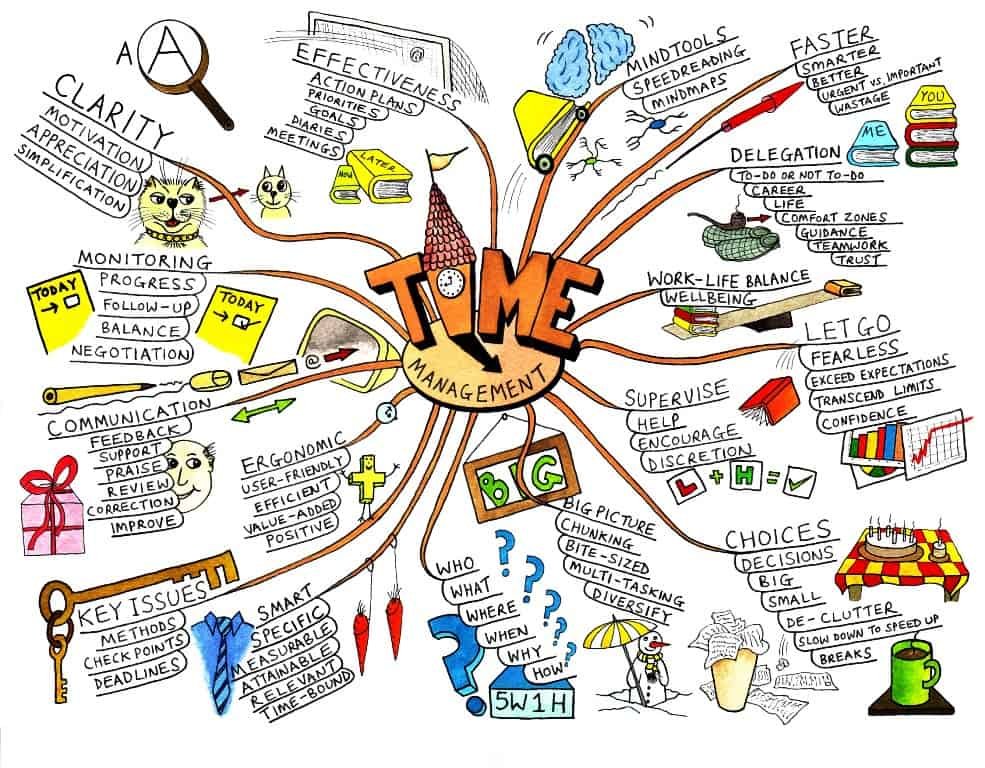

- Use the large sheet of paper, pens, pencil crayons, and markers to create your mind map.
- Write “Harper Lee” in the center of your paper.
From the central point, draw branches representing different aspects of Harper Lee’s life included in the note. - Create a big branch for the “Key Facts About To Kill A Mockingbird” note.
- Dedicate a section of your mind map to the novel’s achievements and impact on literature and society.
- Use lines or arrows to connect the branches, illustrating the relationships between Harper Lee’s personal background and the novel. For instance, show how Harper Lee’s experiences could have shaped the development of characters like Atticus Finch.
- You may include information from other sources.
- Feel free to use different colors to categorize information or highlight significant connections.
- Add drawings as you like.
Assessment
- As students are working, observe what they are doing.
- Conference when problems arise.
- Check the product for accuracy. Address any concerns to all students as a way to reinforce what they are learning.
Understanding Harper Lee: Author of To Kill a Mockingbird
Early Life:
- Born in Monroeville, Alabama, on April 28, 1926.
- The youngest of three children in her family.
- Her family had connections to the famous Confederate General Robert E. Lee, known for his strong sense of honor.
Family Background in Law:
- Both her father and older sister were lawyers.
- Their practice was similar to the way Atticus Finch, a character in her novel, practices law.
Education:
- Attended local schools in Monroeville for her early education.
- Later, she went to the University of Alabama to study law but left after a year to travel to England.
Writing Career:
- Harper Lee is best known for her novel “To Kill a Mockingbird.”
- She had plans to write more novels about the beauty of life in small Southern towns but never published another one.
- Gave a rare interview in 1964 to Roy Newquist, discussing her work.
On Her Singular Novel:
- Lee’s sudden and immense success with her first novel was overwhelming for her.
- In a 1964 interview, she expressed how the unexpected fame was as intimidating as it was gratifying.
- Paul Harris, in his 2006 article for The Observer, quotes Lee on the impact of her instant success: “I sort of hoped someone would like it enough to give me encouragement … I hoped for a little but I got rather a whole lot and in some ways this was just about as frightening as the quick, merciful death I’d expected.”
Curious Case of Her Silence:
- Many have speculated about why Harper Lee never wrote another novel.
Key Facts about To Kill a Mockingbird
Origin of the Novel:
- To Kill a Mockingbird started as a short story.
- Harper Lee expanded it into a full novel, enriching the narrative and characters.
Popularity and Acclaim:
- The novel quickly became a bestseller.
- It remained on best-sellers lists for over 80 weeks, showcasing its widespread appeal.
Awards and Recognition:
- In April 1961, Harper Lee received the Alabama Library Association Award for her novel.
- In May 1961, she achieved a remarkable feat by becoming the first woman since 1942 to win the Pulitzer Prize for Fiction.
Historical and Cultural Impact:
- The novel was published in 1960, a crucial time during the American Civil Rights Movement.
- It provided a critical look at racial injustice in the American South, influencing public opinion and discussions on race and equality.
Themes and Narrative Style:
- Explores themes such as racial injustice, moral growth, and the loss of innocence.
- Narrated from the perspective of Scout Finch, a young girl, which adds a unique and poignant viewpoint to the story.
Character of Atticus Finch:
- Atticus Finch, the father of Scout and a central character, became an icon for integrity and moral courage.
- He is often cited as a role model for lawyers and a symbol of idealism in legal justice.
Global Reach and Legacy:
- Translated into more than 40 languages, making its message accessible worldwide.
- Continues to be a staple in school curricula and a subject of scholarly study due to its enduring themes and literary merit.
Adaptations and Influence:
- Adapted into a highly successful film in 1962, which further increased the novel’s popularity.
- Continues to inspire various forms of art, including plays, films, and literature, reflecting its lasting influence.
